| comments |
This species is frequently tended by ants in the genus Formica, and this relationship between ant and treehopper has been studied. Adult P. concava overwinter in leaf litter and emerge in the spring to mate. Males die soon after mating while the females select the proper site to lay their eggs. Both nymphs and adults are tended by ants, and ant tending has been shown to have a strong effect on the survival of nymphs to adult hood in this species. The hoppers excrete honeydew, a sugary waste product from feeding on the phloem of plants, that the ants collect and use as a food resource. Female Publilia can actually sense the presence of ants and are more likely to oviposit on host plants where ants are present. Ants potentially offer predator protection to developing nymphs, or provide a form of maternal care that enables females the opportunity to exert resources and energy elsewhere, into producing a second brood of nymphs. For more on the relationship between ants and P. concava, see: ADOM, EHPQATTPC, and MAAATT.
Nymphs of Publilia concava are quite similar in appearance to those of Entylia carinata (the two species are closely related), even having more or less the same color pattern. In general, Entylia nymphs are more spiny than those of Publilia, often with two rows of spines down the abdomen compared to one in Publilia. There often tends to be a bold pair of yellow spines at the base of the thorax in Entylia. Older Entylia instars also show the pronotal shape characteristic of adults. |
Species Photo Gallery for Publilia concava Aster Treehopper |
 | Photo by: Kyle Kittelberger, Brian Bockhahn, Paul Scharf
Watauga Co.
Comment: brushy vegetation surrounded by forest; many present |  | Photo by: Kyle Kittelberger, Brian Bockhahn, Paul Scharf
Watauga Co.
Comment: brushy vegetation surrounded by forest; many present |
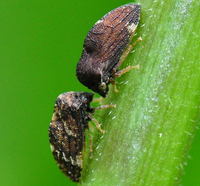 | Photo by: Kyle Kittelberger, Brian Bockhahn, Paul Scharf
Watauga Co.
Comment: brushy vegetation surrounded by forest; many present | 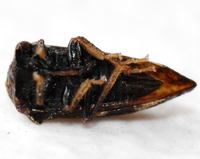 | Photo by: Kyle Kittelberger, Brian Bockhahn, Paul Scharf
Watauga Co.
Comment: brushy vegetation surrounded by forest; many present |
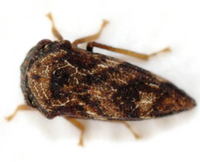 | Photo by: Kyle Kittelberger, Brian Bockhahn, Paul Scharf
Watauga Co.
Comment: brushy vegetation surrounded by forest; many present |  | Photo by: Kyle Kittelberger, Brian Bockhahn, Paul Scharf
Watauga Co.
Comment: brushy vegetation surrounded by forest; many present |
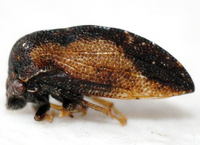 | Photo by: Kyle Kittelberger, Brian Bockhahn, Paul Scharf
Watauga Co.
Comment: brushy vegetation surrounded by forest; many present | 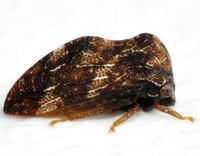 | Photo by: Kyle Kittelberger, Brian Bockhahn, Paul Scharf
Watauga Co.
Comment: brushy vegetation surrounded by forest; many present |
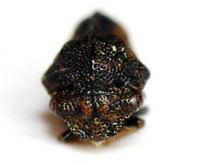 | Photo by: Kyle Kittelberger, Brian Bockhahn, Paul Scharf
Watauga Co.
Comment: brushy vegetation surrounded by forest; many present | 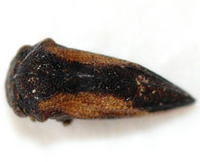 | Photo by: Kyle Kittelberger, Brian Bockhahn, Paul Scharf
Watauga Co.
Comment: brushy vegetation surrounded by forest; many present |
 | Photo by: Kyle Kittelberger, Brian Bockhahn, Paul Scharf
Watauga Co.
Comment: brushy vegetation surrounded by forest; many present |  | Photo by: Paul Scharf, Brian Bockhahan
Avery Co.
Comment: Male, Caught sweeping |
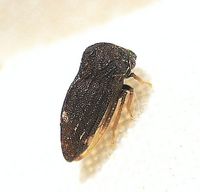 | Photo by: Paul Scharf, Brian Bockhahan
Avery Co.
Comment: Male, Caught sweeping | 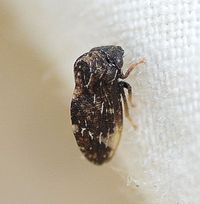 | Photo by: Paul Scharf, Brian Bockhahn
Avery Co.
Comment: Female, Caught sweeping |
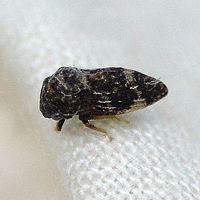 | Photo by: Paul Scharf, Brian Bockhahn
Avery Co.
Comment: Female, Caught sweeping | 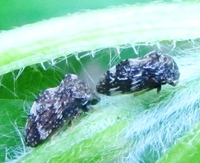 | Photo by: Ken Kneidel
Yancey Co.
Comment: 4.7 mm, firmly situated, did not hop away as the plant was manipulated for photographs |
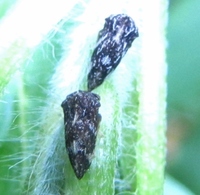 | Photo by: Ken Kneidel
Yancey Co.
Comment: 4.7 mm, firmly situated, did not hop away as the plant was manipulated for photographs | 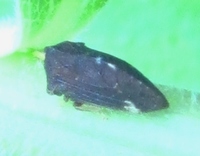 | Photo by: Ken Kneidel
Yancey Co.
Comment: stubbornly sitting on Solidago |
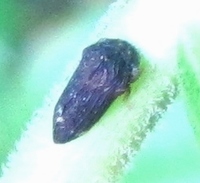 | Photo by: Ken Kneidel
Yancey Co.
Comment: stubbornly sitting on Solidago |  | Photo by: Ted Wilcox
Watauga Co.
Comment: |
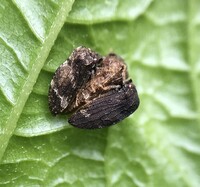 | Photo by: Ted Wilcox
Watauga Co.
Comment: |  | Photo by: Ted Wilcox
Watauga Co.
Comment: Publilia reticulata? - unid_treehopper |
 | Photo by: Ted Wilcox
Watauga Co.
Comment: Publilia reticulata? - unid_treehopper |  | Photo by: Ted Wilcox
Avery Co.
Comment: |
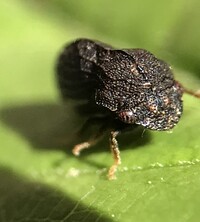 | Photo by: Ted Wilcox
Avery Co.
Comment: | 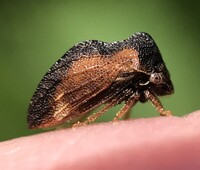 | Photo by: Ted Wilcox
Watauga Co.
Comment: |
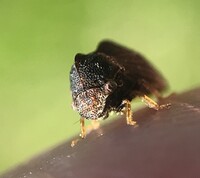 | Photo by: Ted Wilcox
Watauga Co.
Comment: |  | Photo by: Ted Wilcox
Watauga Co.
Comment: |
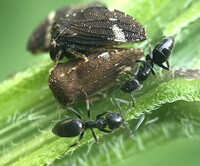 | Photo by: Ted Wilcox
Watauga Co.
Comment: | 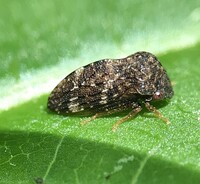 | Photo by: Ted Wilcox
Watauga Co.
Comment: |
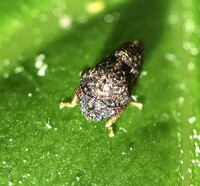 | Photo by: Ted Wilcox
Watauga Co.
Comment: | 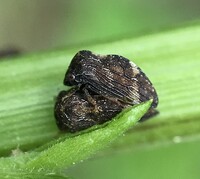 | Photo by: Ted Wilcox
Watauga Co.
Comment: |
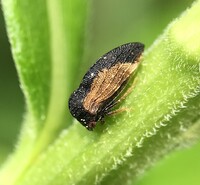 | Photo by: Ted Wilcox
Watauga Co.
Comment: | 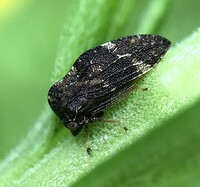 | Photo by: Ted Wilcox
Watauga Co.
Comment: |
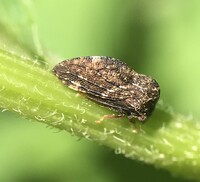 | Photo by: Ted Wilcox
Watauga Co.
Comment: |  | Photo by: Ted Wilcox
Watauga Co.
Comment: |
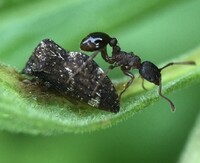 | Photo by: Ted Wilcox
Watauga Co.
Comment: | 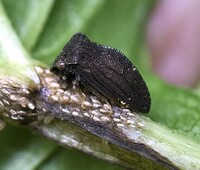 | Photo by: Ted Wilcox
Watauga Co.
Comment: unid_leafhopper |
 | Photo by: Ted Wilcox
Watauga Co.
Comment: unid_treehopper |  | Photo by: Ted Wilcox
Watauga Co.
Comment: unid_treehopper |
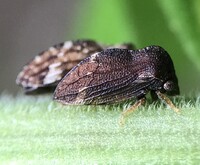 | Photo by: Ted Wilcox
Watauga Co.
Comment: unid_treehopper |  | Photo by: Ted Wilcox
Watauga Co.
Comment: unid_treehopper |
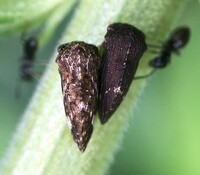 | Photo by: Ted Wilcox
Watauga Co.
Comment: unid_treehopper | 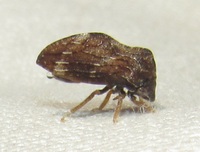 | Photo by: B. Bockhahn
Avery Co.
Comment: |
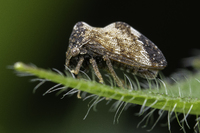 | Photo by: Fred Coyle
Jackson Co.
Comment: unid_treehopper | 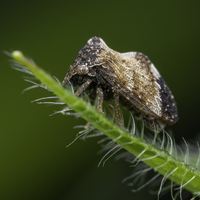 | Photo by: Fred Coyle
Jackson Co.
Comment: unid_treehopper |
 | Photo by: Ken Kneidel
Yancey Co.
Comment: | 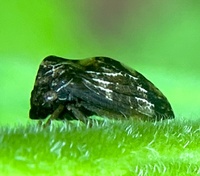 | Photo by: Ken Kneidel
Yancey Co.
Comment: |
 | Photo by: Ken Kneidel
Yancey Co.
Comment: | 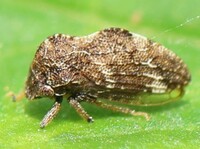 | Photo by: Rob Van Epps
Buncombe Co.
Comment: |
 | Photo by: Marilyn Westphal
Henderson Co.
Comment: Several little groups on the same plant, ants all over them. | 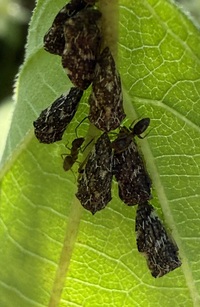 | Photo by: Marilyn Westphal
Henderson Co.
Comment: Several little groups on the same plant, ants all over them. |
 | Photo by: Marilyn Westphal, Jim Petranka, Becky Elkin
Henderson Co.
Comment: Adult and 2 nymphs on a leaf | 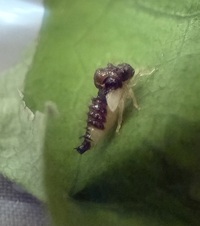 | Photo by: Marilyn Westphal, Jim Petranka, Becky Elkin
Henderson Co.
Comment: Adult and 2 nymphs on a leaf |
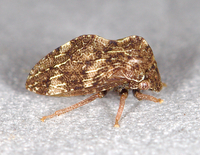 | Photo by: Jim Petranka and Becky Elkin
Madison Co.
Comment: Individual was in a curled leaf of a goldenrod in a meadow; remarkably tame and stayed immobile when the curled leaf was unfolded. |

 »
»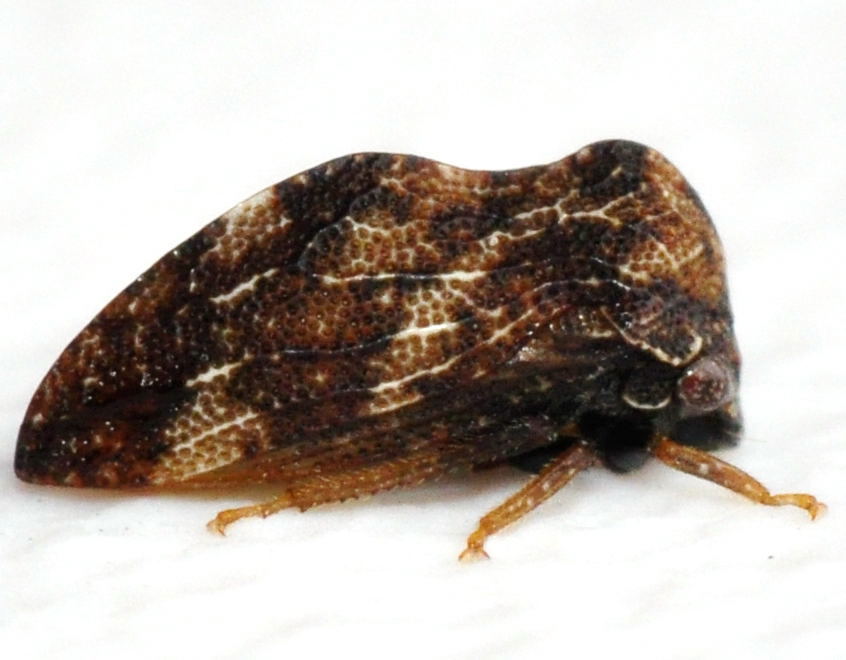
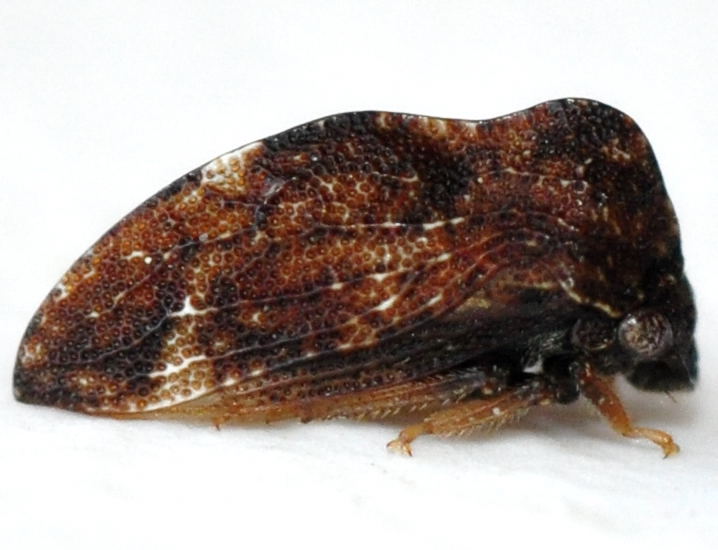


 »
»

